Timeless Play
Jul. 3 - Nov. 23, 2023, London
Team
3UX DesignersDeliverables
User ExperienceInteractive Games
Cultural Preservation
Graphic Design
Research Methods
SurveyField Research
User Testing
Workshop
How to preserve tradition through games?
There seems to be a gradual loss of culture and traditions through generations caused by the seemingly convenient new technologies and services. Many cultural and traditional skills are slowly being lost or minimized to digital forms. This also means a loss of what those traditions represented or meant (community building, togetherness etc.) Specifically, the next generation of children, with the growing industrialization and urbanization will be completely alienated from these traditions that once thrived.
The aim is to bring traditional childhood games to public spaces.
Our target audience includes individuals who enjoyed playing these childhood games during their younger years but haven't had the opportunity to engage in these activities after growing up.
Outcome includes a game festival, utilizing multi-media campaigns and eco-friendly, park-sourced materials for crafting games, emphasizing sustainable engagement.
As a collabration project, my contribution inclues initiating field reserch and analysis, gathering people on testing, leading workshops and brainstorm idea and design directions. During the project, we are able to bring our first version of design to London Design Festival to test and gather feedback, enhancing the project's scope and community connection.
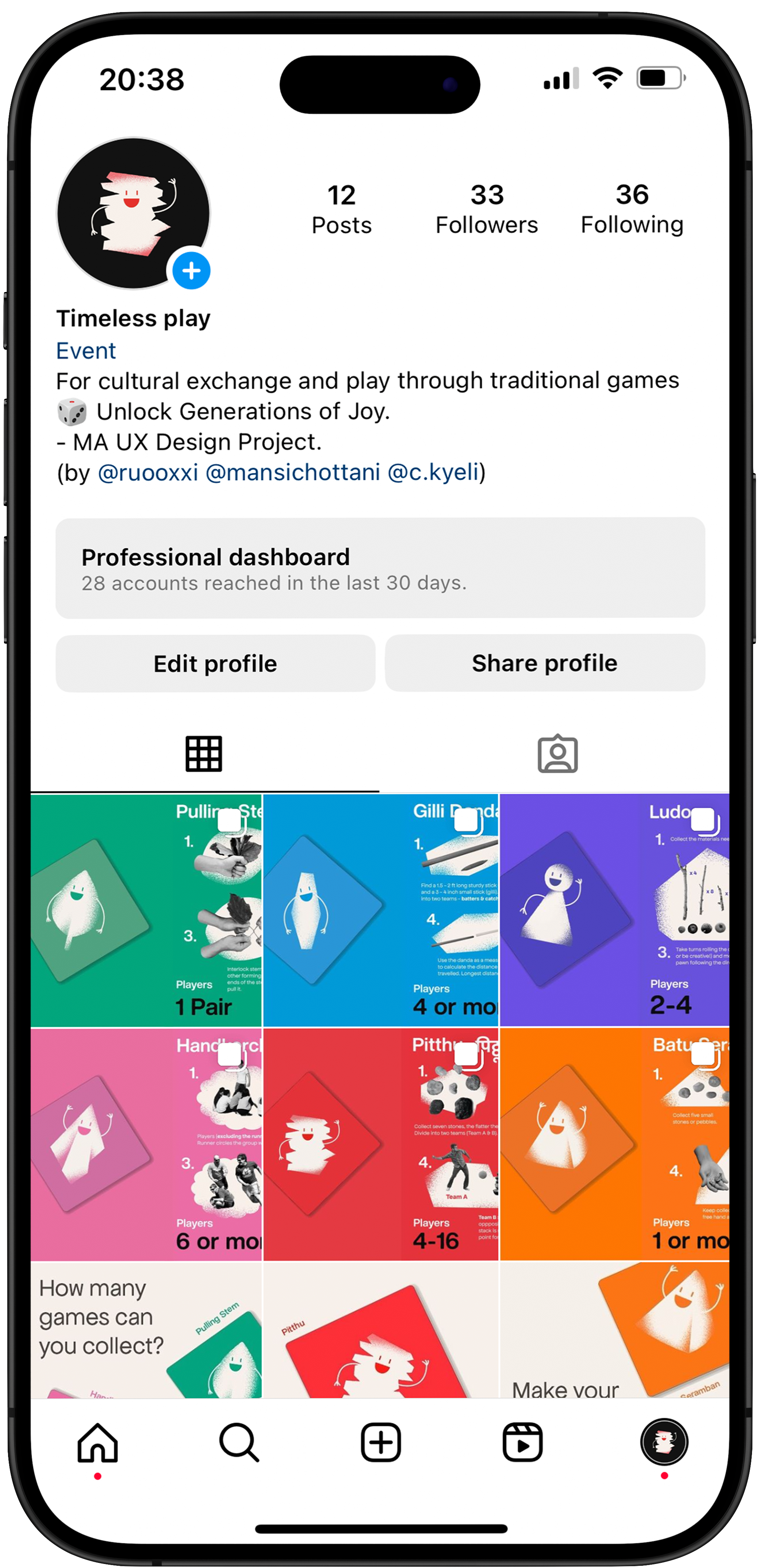




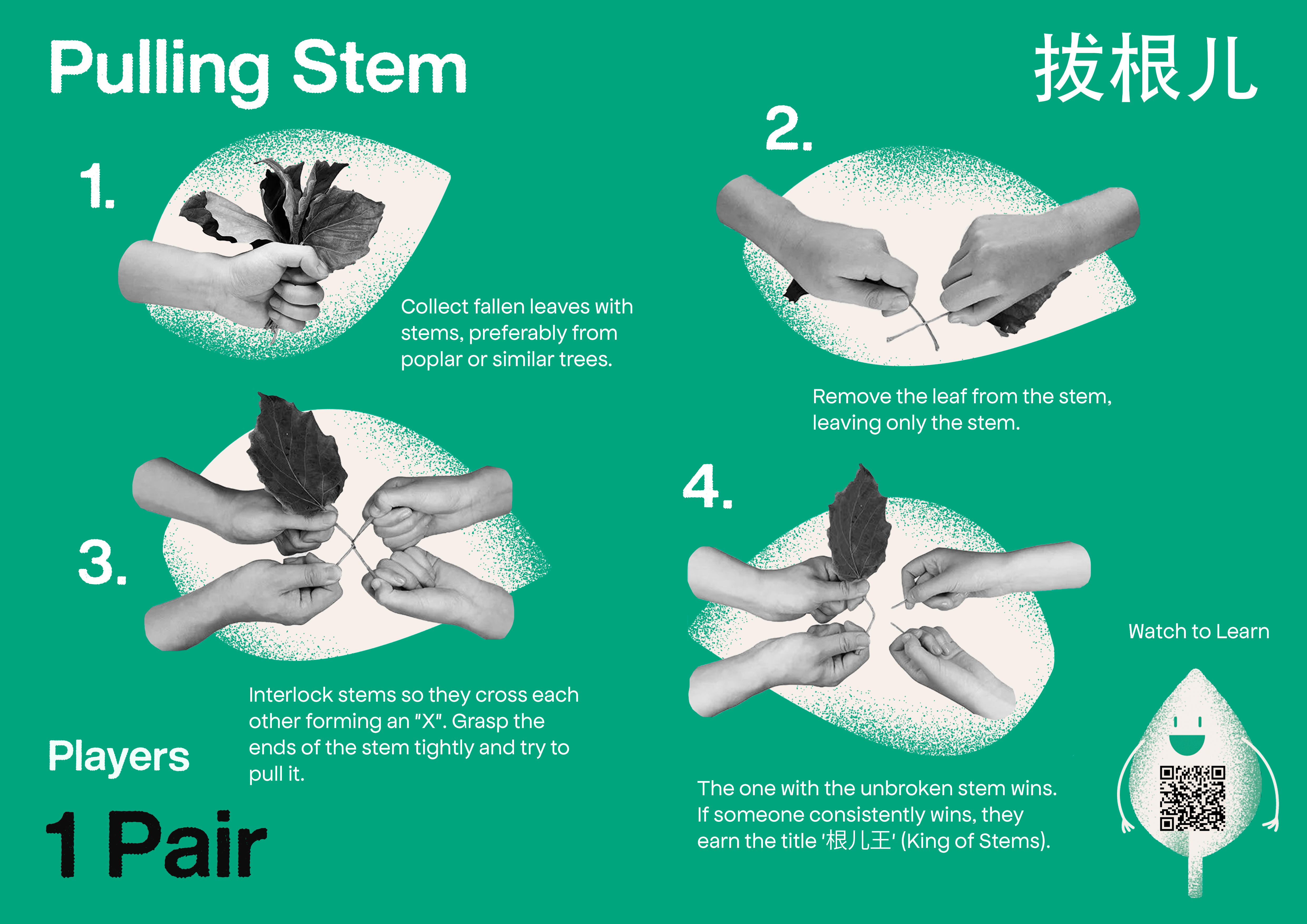
Research Process - Survey
To understand public perception of childhood games today and to identify which games people fondly remember playing, we conducted an online survey. The resultes are:
88%
think traditional games are somewhat or not popular at all now.70%
want to teach games to their kids or young siblings.94%
want to learn a traditional game from a different country.
Field research
After receiving the survey results, we took the initiative to play some traditional childhood games ourselves. This immediately reminded us of the games we used to play in the park, such as hopscotch, Ludo, and other games that require simple materials. Consequently, we decided to conduct field research to explore games, materials, and space.

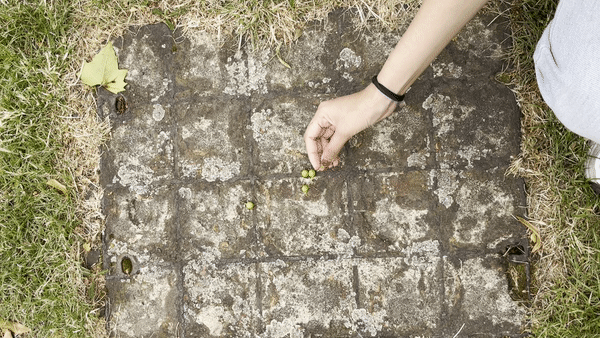

In the field research, we engaged in game explorations by sourcing materials from a park, utilizing various spaces and objects to discover games that could be played using only natural elements. These games were ones we remembered from our childhoods in India, Malaysia, and China. Specifically, we sought flat surfaces suitable for the stacking stone game and appropriate spaces for other traditional games.
From the game exploration, we decided our final design is multiple infographics of the explanations of the childhood games, we tried to make it as few words as we can so that it’s slightly easier for people to understand and follow. People of any age are welcome to play and explore different rules and elements. Players can leave the game sets for others to continue or redesign, in which fostering community engagement in the city.

We are lucky to have a chance to showcase our work at the London Design Festival and conduct a workshop. Recognising this opportunity as an extension to further research and test our design, we received confirmation to display our work in Elephant Park. Subsequently, we engaged in materials hunting, explored potential locations, and deliberated on the optimal display methods.
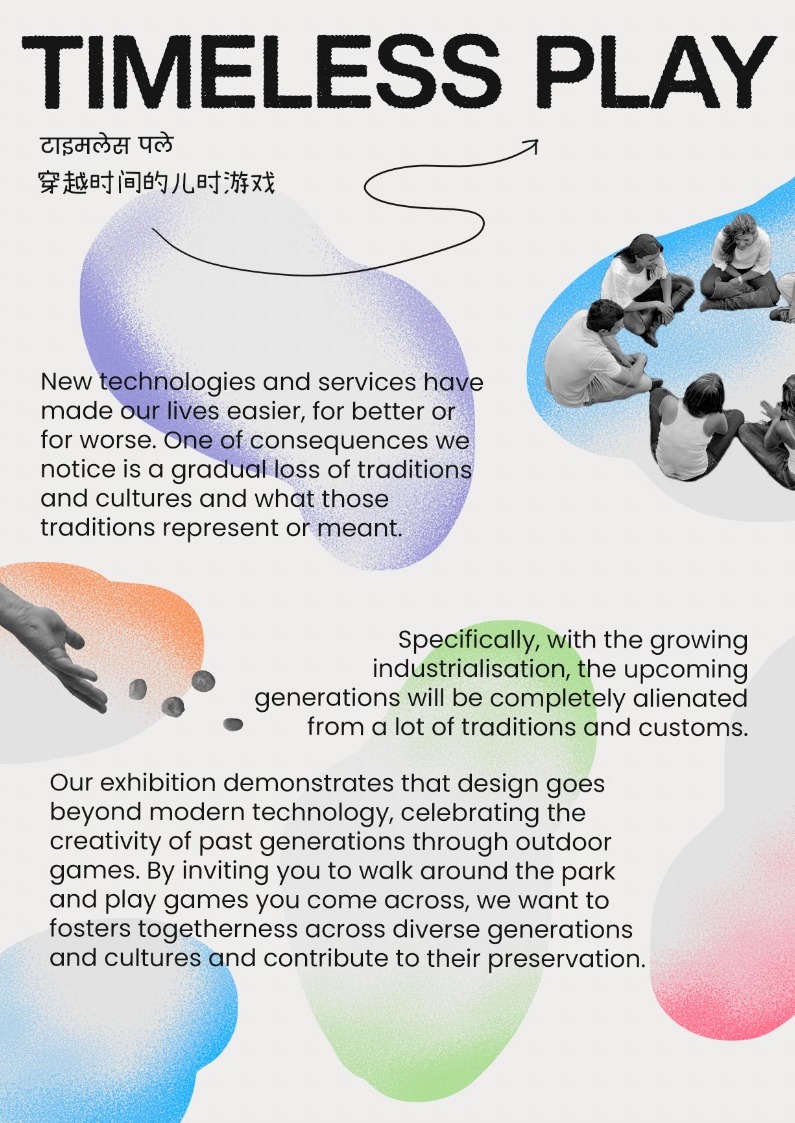





Testing
Alongside showcasing our work at the London Design Festival, we encountered limitations in being on-site continuously to observe and gather feedback. Consequently, we decided to conduct an additional round of testing to closely observe if people understood the game and how they would play it.


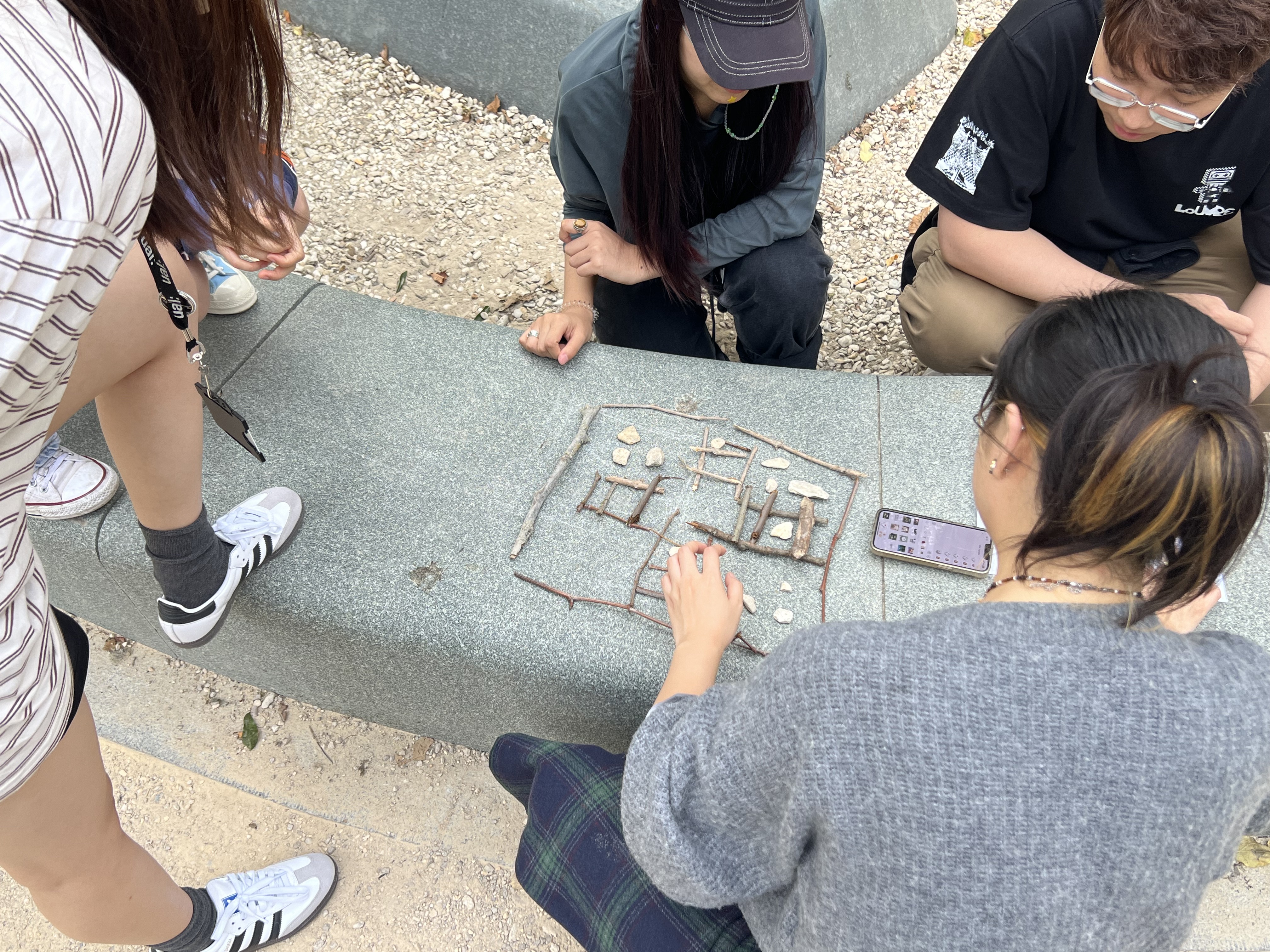

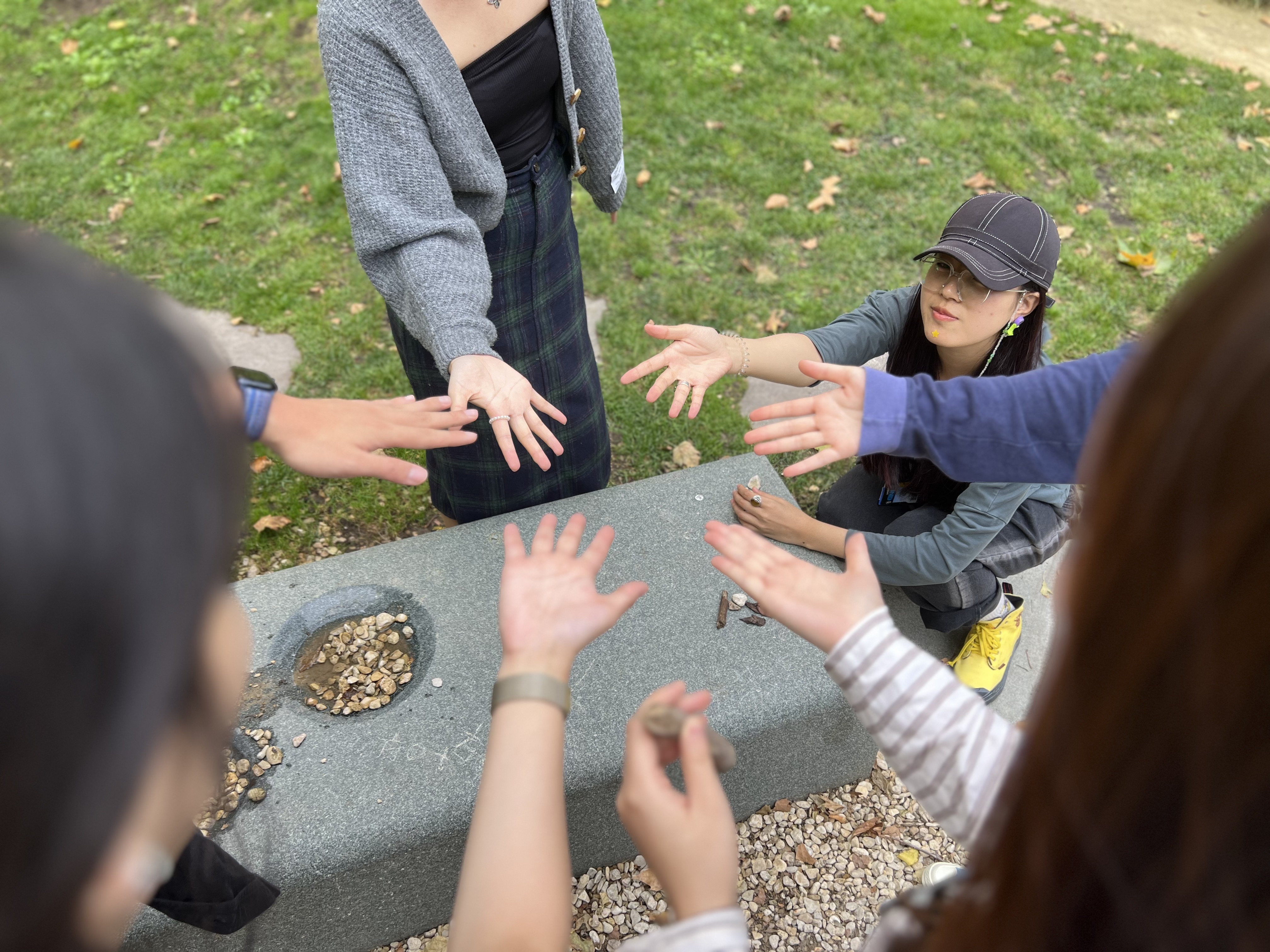


What we learned
- The stand was too small, low in height.
- They used their own experience to play it.
- They were creative in coming up with solutions for lack of proper materials, such as using digital dice.
- Some were asking rewards at the end of the games.
- It’s it fun collecting materials - some said yes some said no.
- Audio/video instructions with the instructions (qr code).
Workshop
In order to further research, we conducted a zine-making workshop. It began with introductions and an overview of the project's motivation. We then transitioned into a zine-making session, discussing the definition of tradition and our specific focus on traditional games. By the end of the session, each participant had a personal zine to take home. This approach aimed to keep everyone engaged and foster a balanced learning experience for both participants and us.
As participants completed each prompt, we encouraged them to discuss their zine creations. Occasionally, attendees spontaneously engaged in discussions and commented on each other's work. These moments felt more relaxed and natural compared to just following the prompts.
As participants completed each prompt, we encouraged them to discuss their zine creations. Occasionally, attendees spontaneously engaged in discussions and commented on each other's work. These moments felt more relaxed and natural compared to just following the prompts.

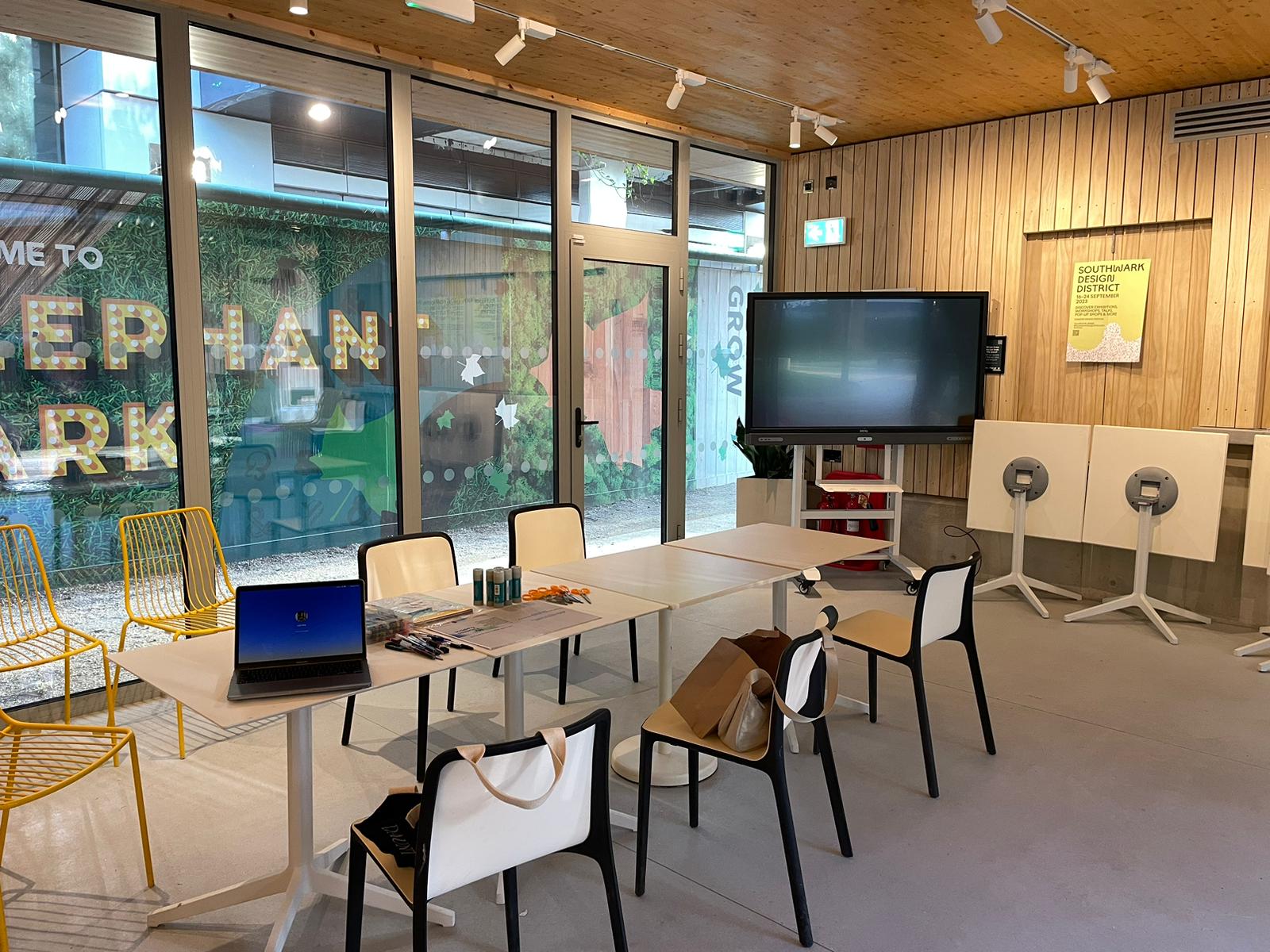
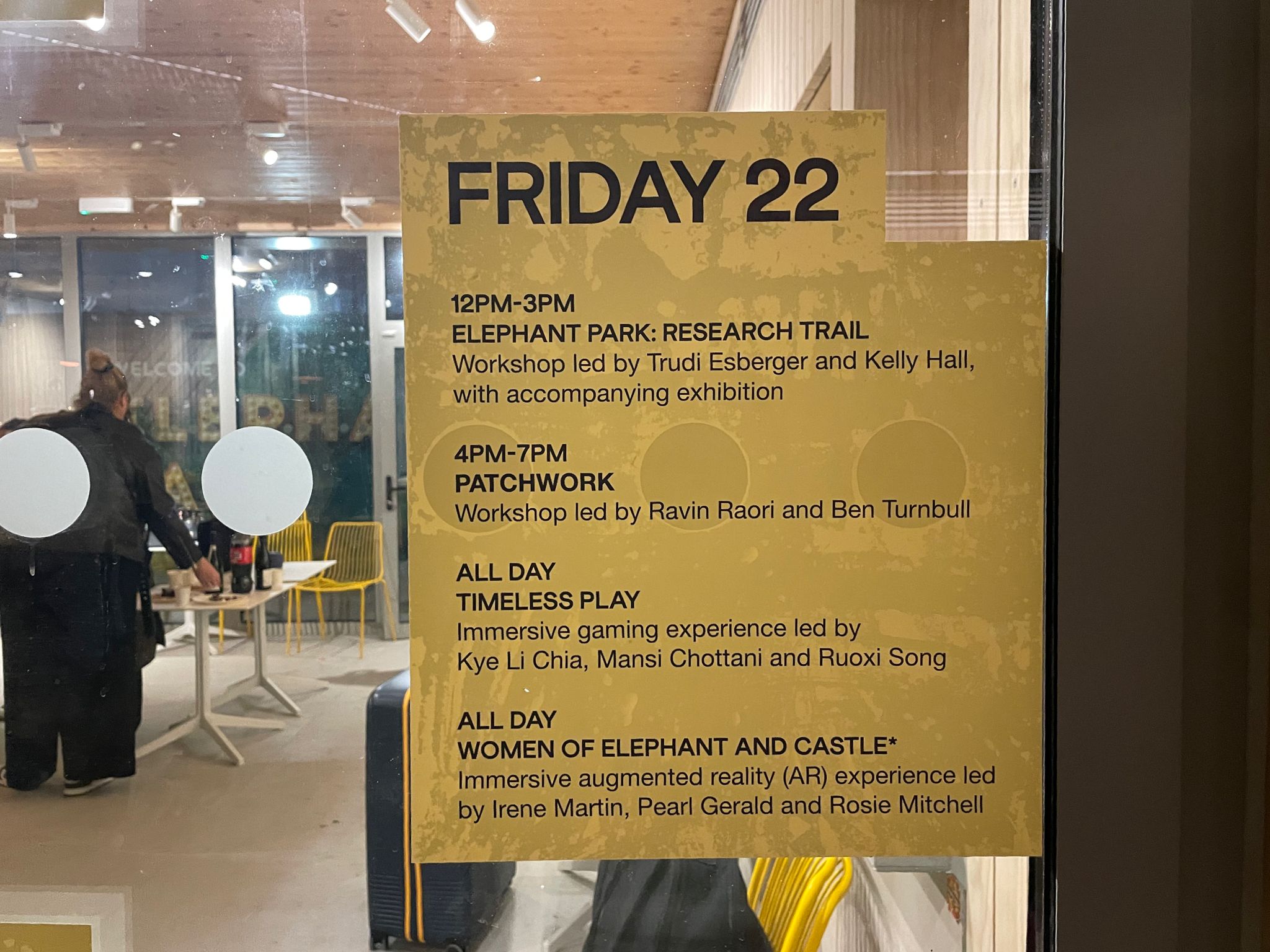


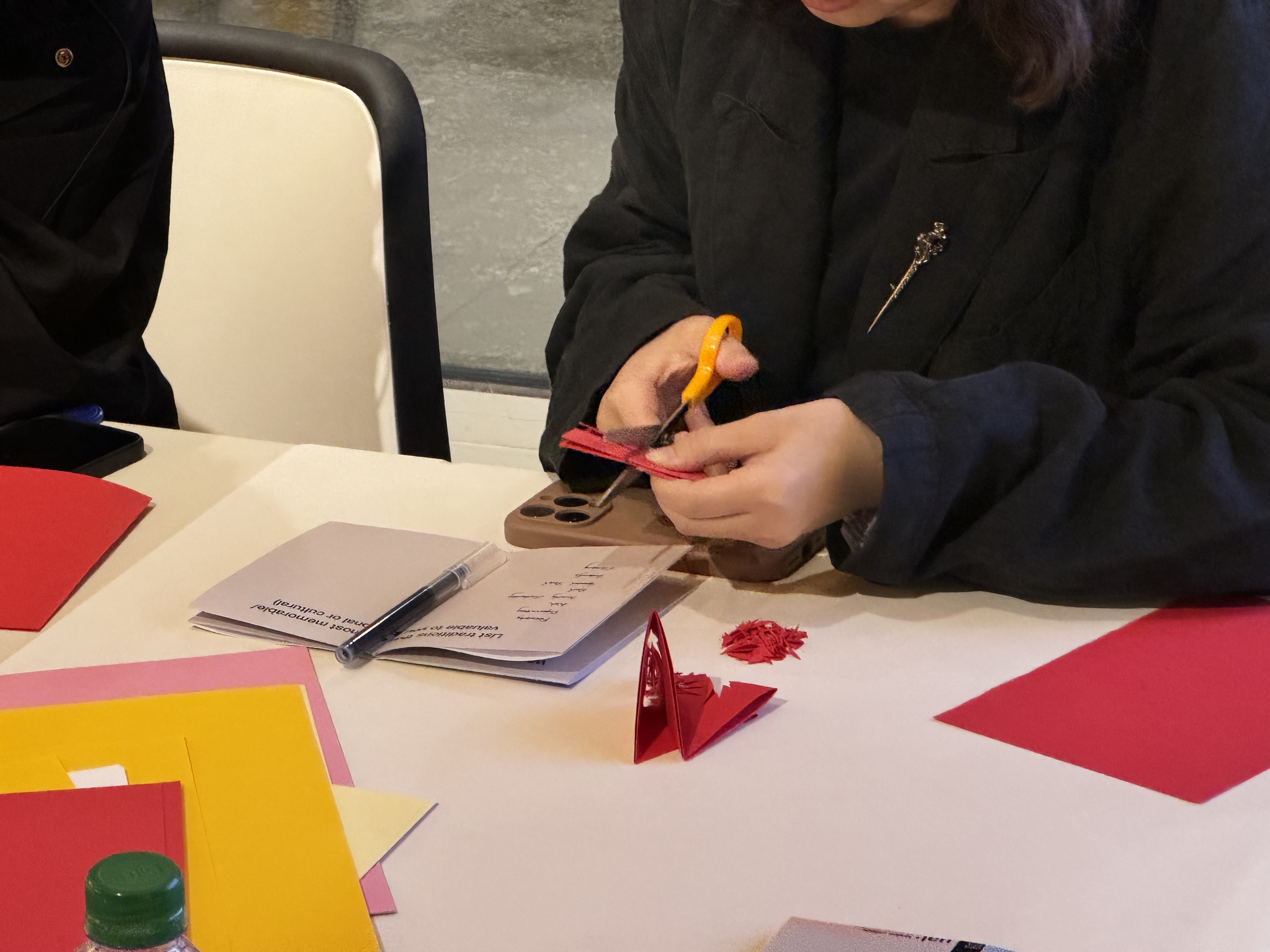
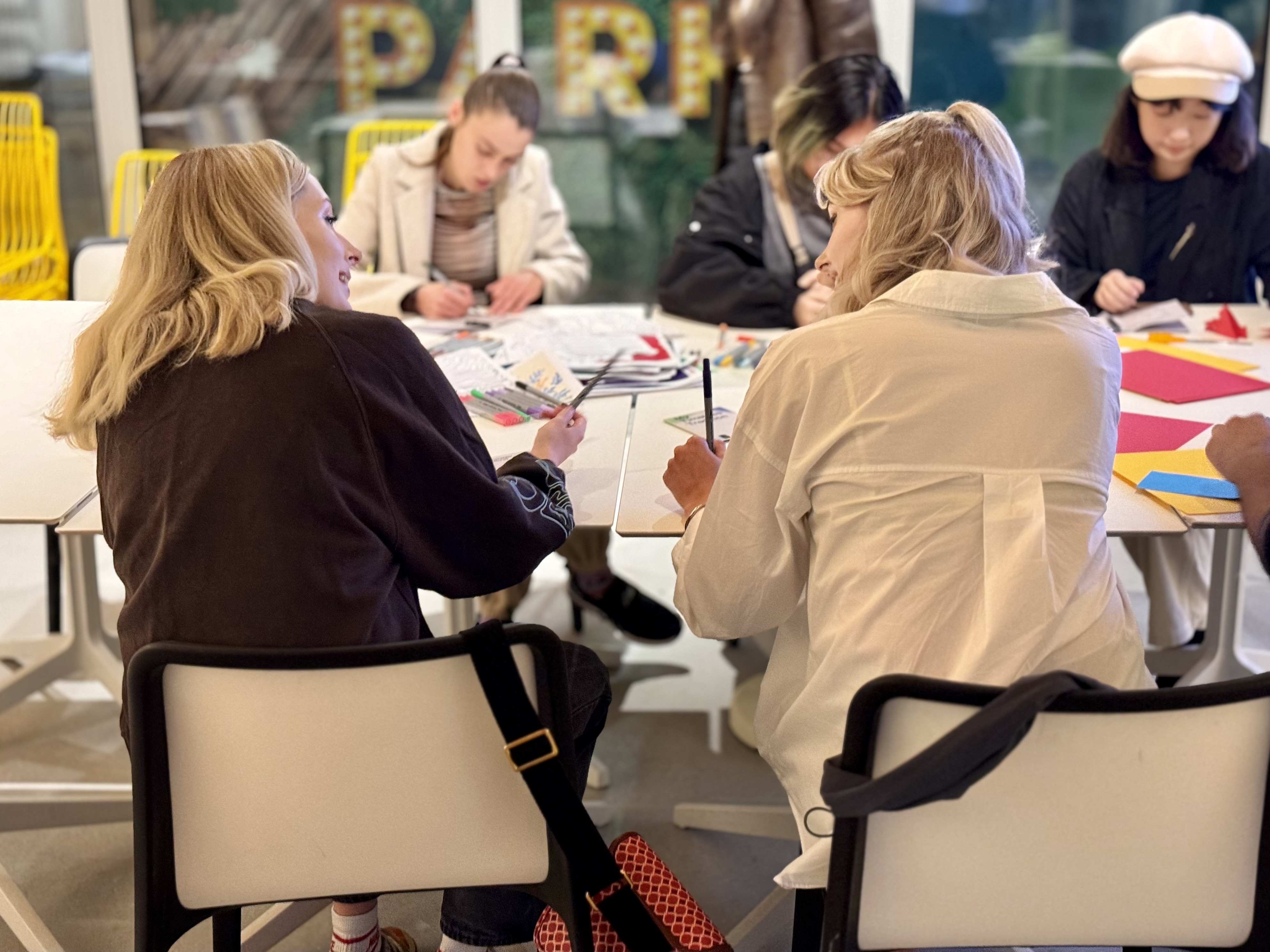
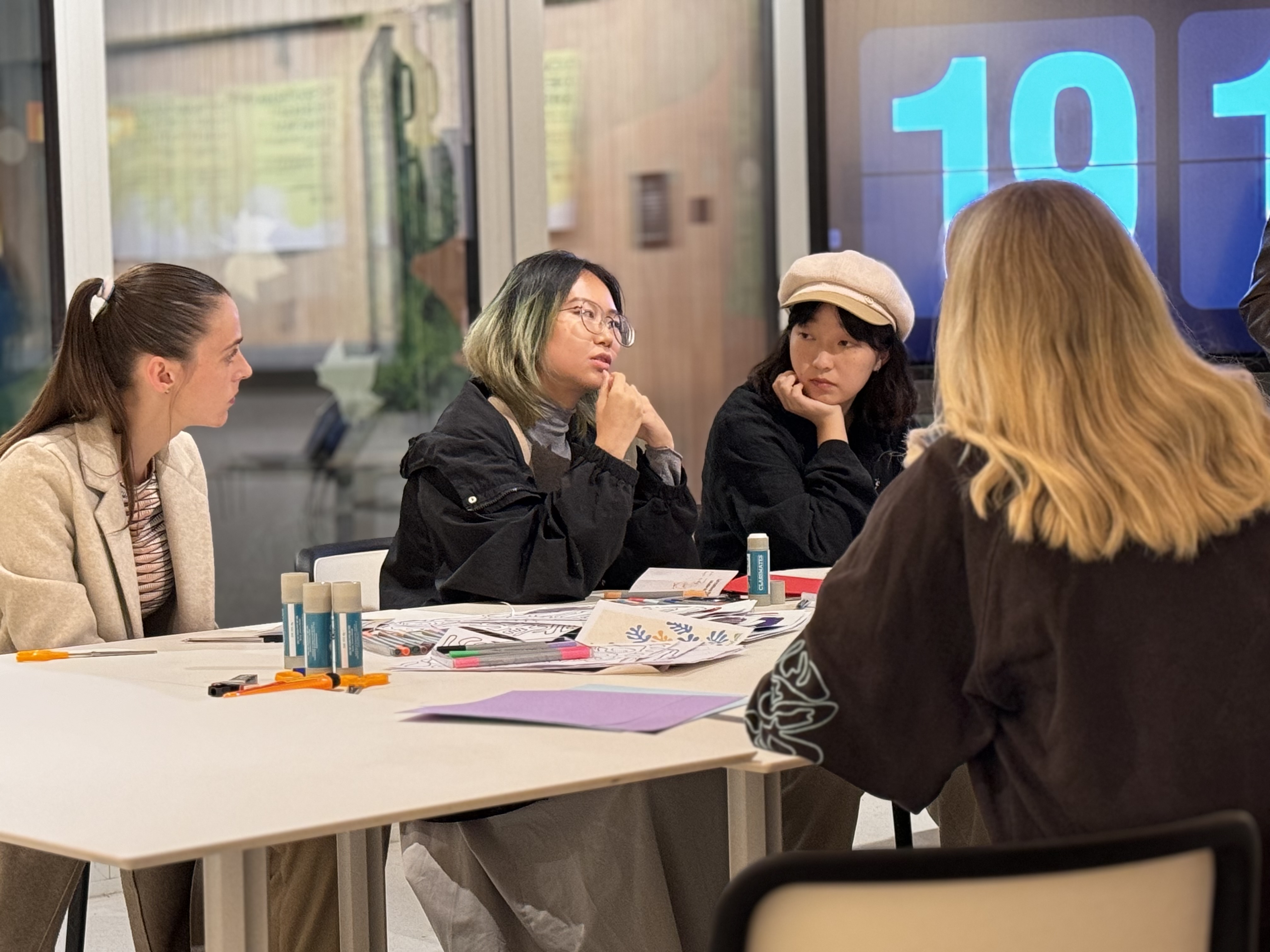




Analysis and design direction
![Hand drawing mind map of tradition]()
![Mind map of the workshop]()


Upon reviewing all the tests and research, some individuals interested in playing these games again expressed difficulty in gathering people to play them in one place at the same time. We would like design things from this angle and work on how to engage people.
So we came to agree on designing a Traditional Games Fest that would also serve as an archive. This festival would feature play areas with our infographics, which also turns into a game itself, called paji, competitions, and a website holding all the information in a digital format. Our goal for the festival is to ensure it's enjoyable and that nearly everything is designed to be playable.
Design process and outcome
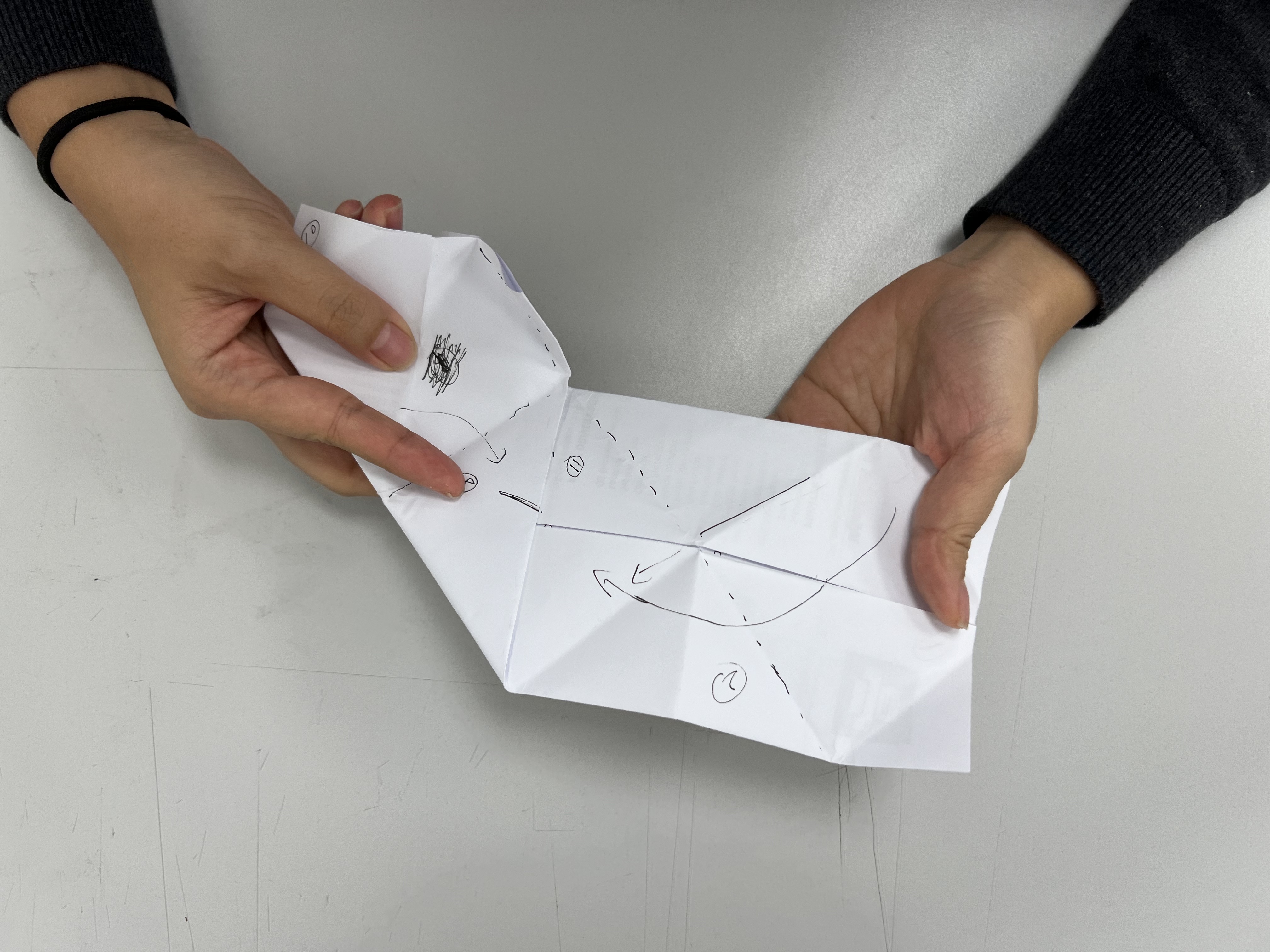



We started the branding from picking colors, we started from the colors used a lot in our culture, and add more colors that match with the colors we picked and also make it pop out to get people’s attention.
After refining the language and steps through several rounds, we completed our final infographics. We also included QR code links to video explanations, providing an option for people who prefer watching and learning.
After refining the language and steps through several rounds, we completed our final infographics. We also included QR code links to video explanations, providing an option for people who prefer watching and learning.
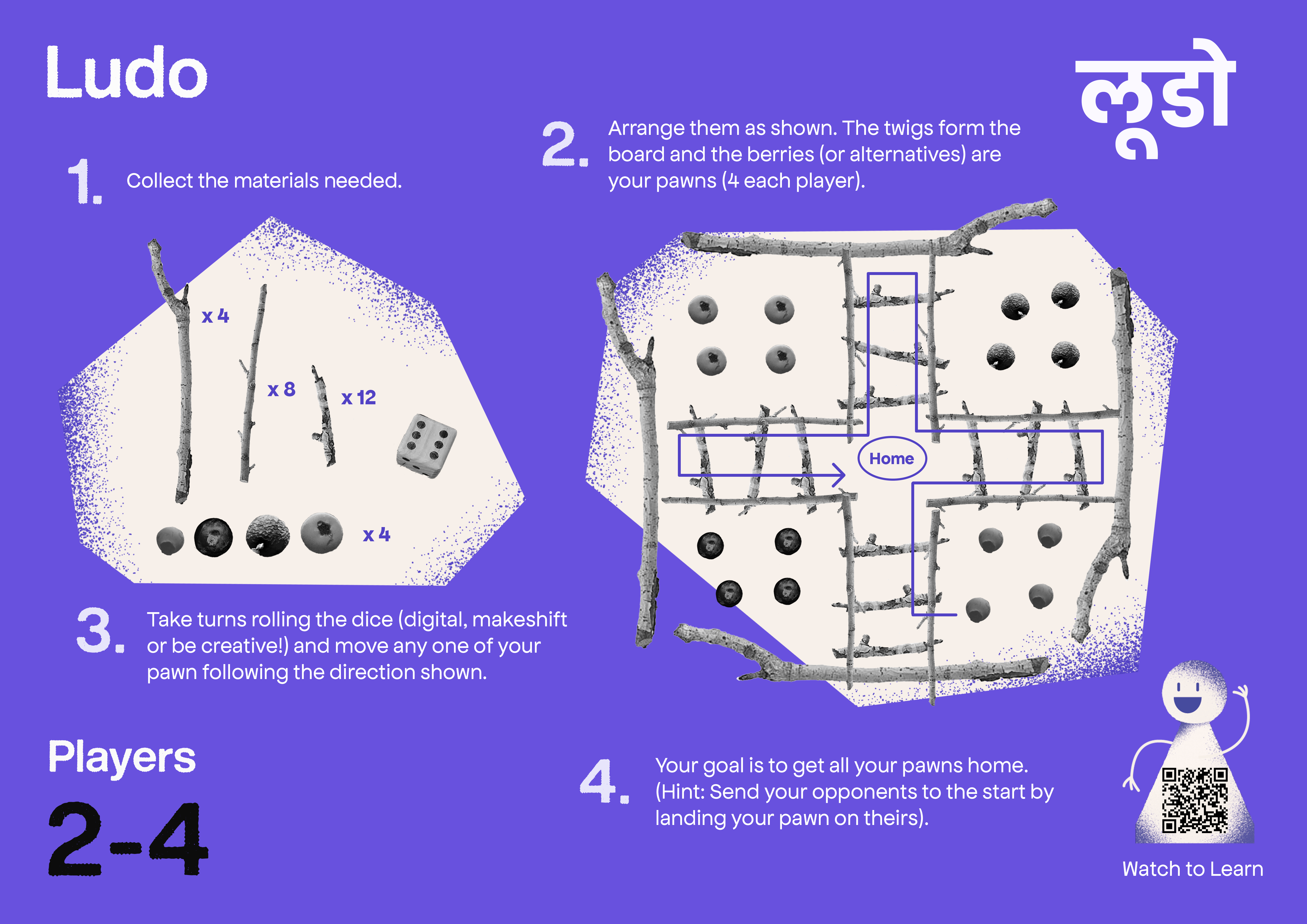



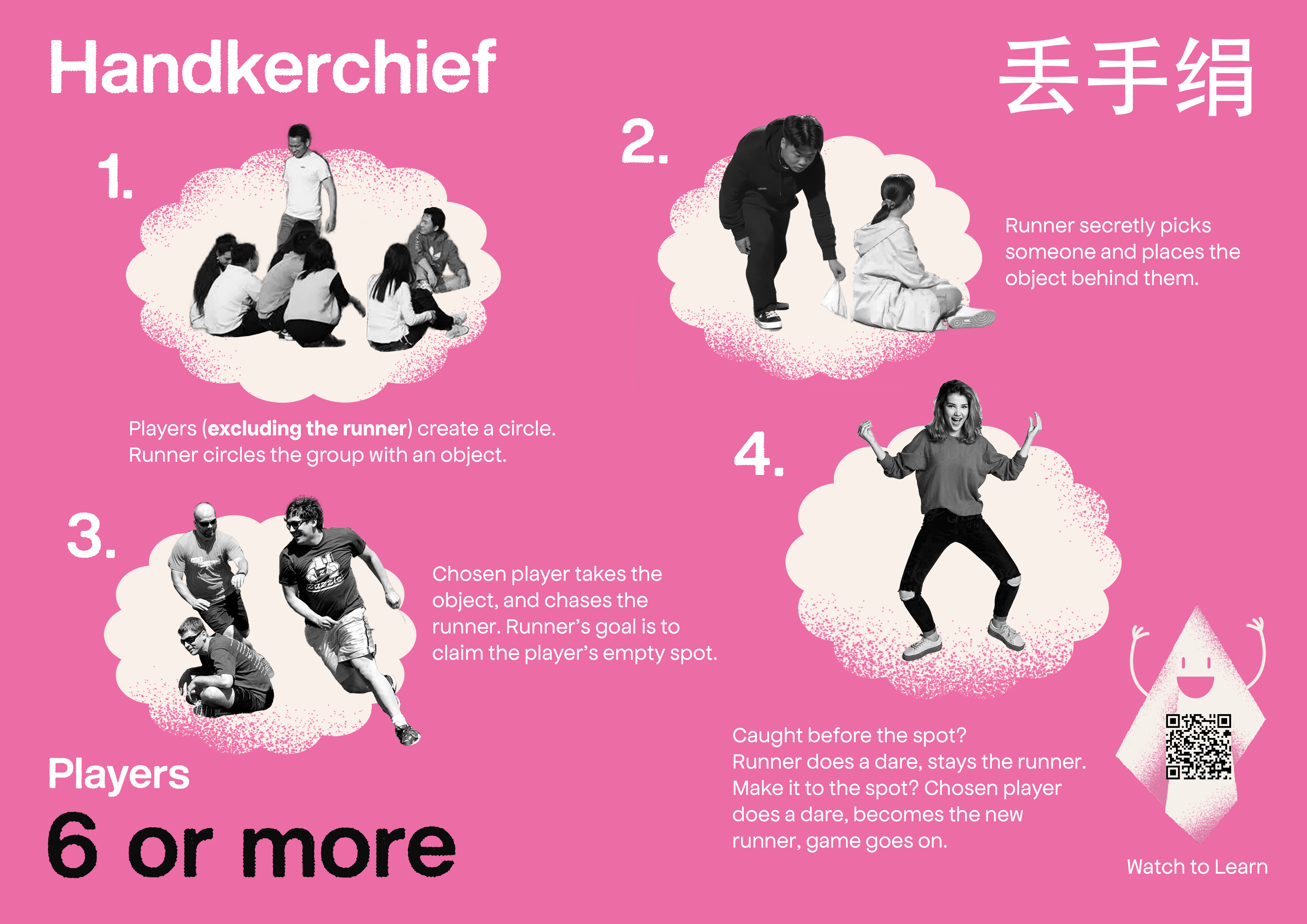








For our branding concept, we created characters for each game as representation, using the materials used in the games. These characters can also be at the front cover for each Paji, making it easy to distinguish and separate them.
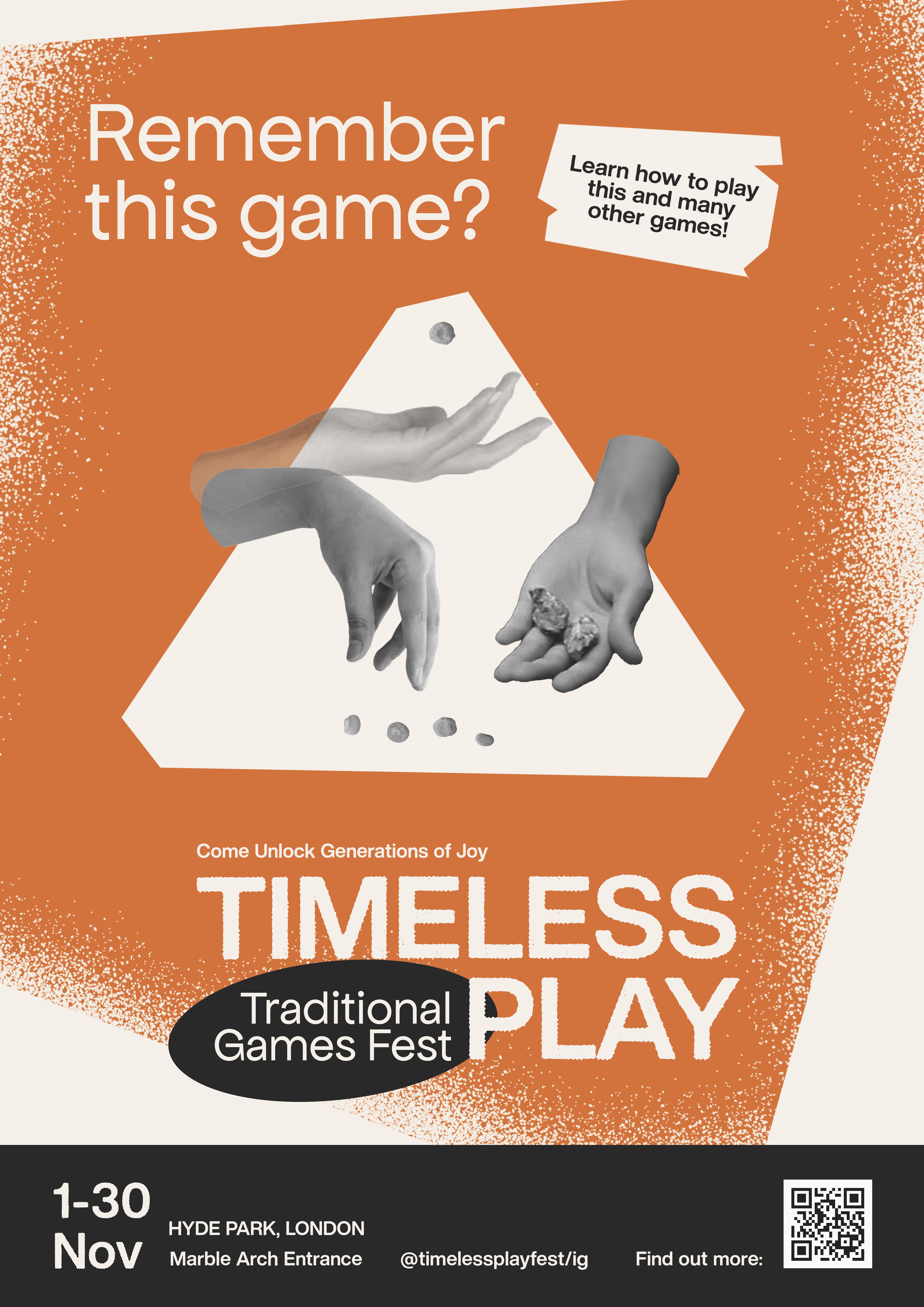



For promoting our Fest, we created posters of different versions and social media page for posting our games and encourage people to share their games and stories.


















We also designed a toolkit template for people to replicate the festival themselves.


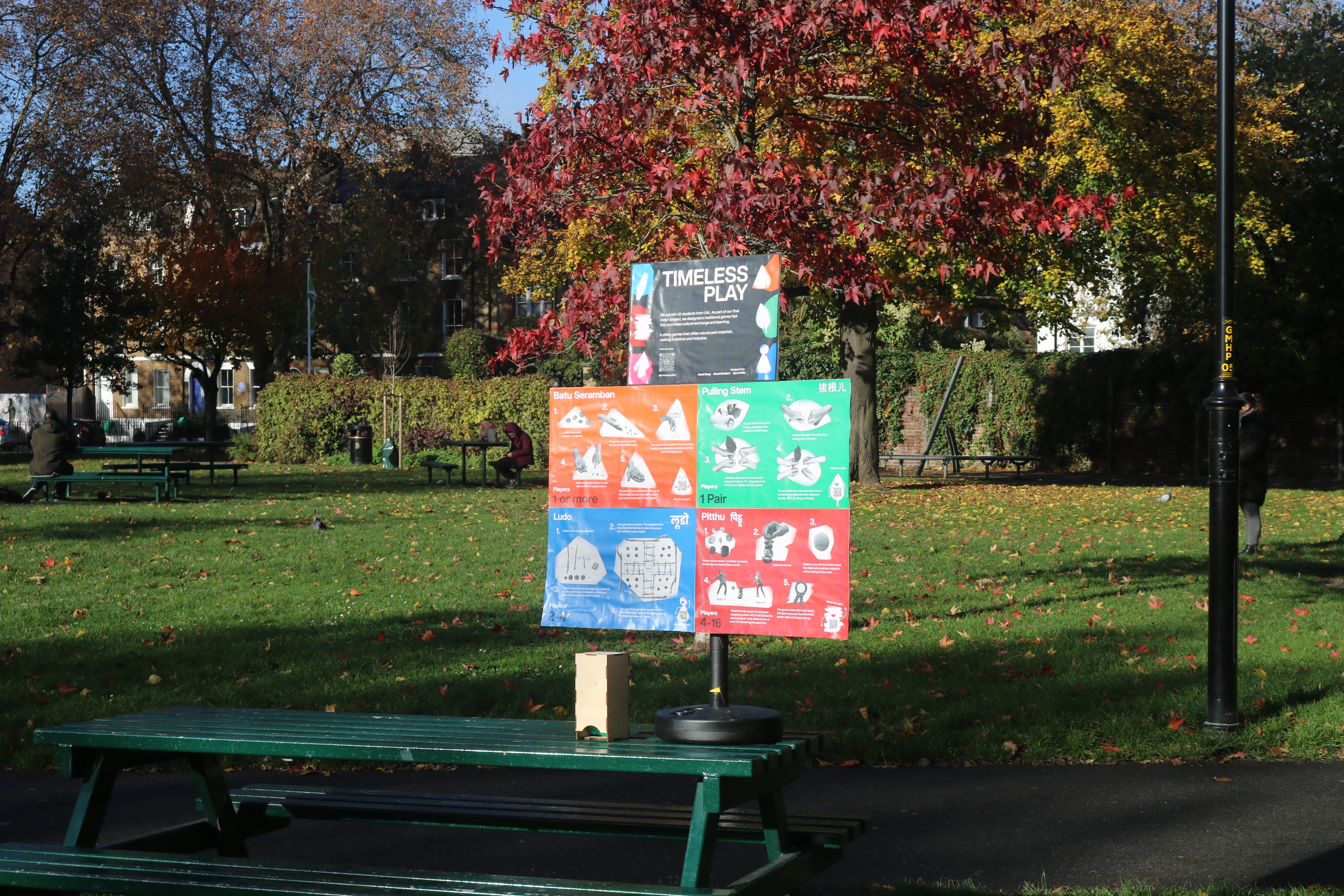


Results
In total, Timeless Play reach to more than one hundred people to get invoved and 30% of are willing to share their stories of playing these games, 80% find it very interesting to play these games by only using park-source materials.
The concept successfully encouraged people to disconnect from their phones and engage in simple, enjoyable activities.
Individuals from diverse cultural backgrounds, such as Nigeria and Japan, expressed their delight in experiencing games they played before, appreciating the use of natural materials and expressing a desire to engage in similar events in the future.
The concept successfully encouraged people to disconnect from their phones and engage in simple, enjoyable activities.
Individuals from diverse cultural backgrounds, such as Nigeria and Japan, expressed their delight in experiencing games they played before, appreciating the use of natural materials and expressing a desire to engage in similar events in the future.
Reflecting on the design process
1. Reevaluate research methodologies
In our field research, we missed exploring activities and interactions in urban parks, including a detailed study of the park's artificial features like decorative stones and facilities. This oversight limits our understanding of engaging with natural versus man-made elements, which could enrich the game experience in such settings. On the other hand, there's an opportunity to incorporate design elements tailored to this type of park, enriching the analog game experience. Additionally, urban park gameplay differs from more remote parks, prompting us to consider various environments for unique placemaking and community building. We recognized design as an evolving process, with the festival and toolkit concepts presenting opportunities for long-term development.
2. Learning and Growth
From designing and hosting a workshop, I gained invaluable insight into the art of effective facilitation and the strategic extraction of desired outcomes. This experience underscored the importance of clear objectives, active listening, and adaptive communication strategies to engage participants fully. It taught me the significance of creating an environment conducive to open, creative dialogue, and the power of structured activities to guide participants towards meaningful contributions.
3. Further development
For further development of thie project, we could have a more holistic exploration of diverse settings, such as communities or neighborhoods and the potential discovery of unique materials and experiences in alternative environments. By broadening our exploration to other locations, we could have unearthed additional materials suitable for playing analog games and offered a diverse perspective on experiencing the sense of place. As we navigate the evolving landscape of social dynamics, analog games emerge not merely as sources of recreation but as invaluable tools for connection, co-creation, and the profound experience of shared spaces.
